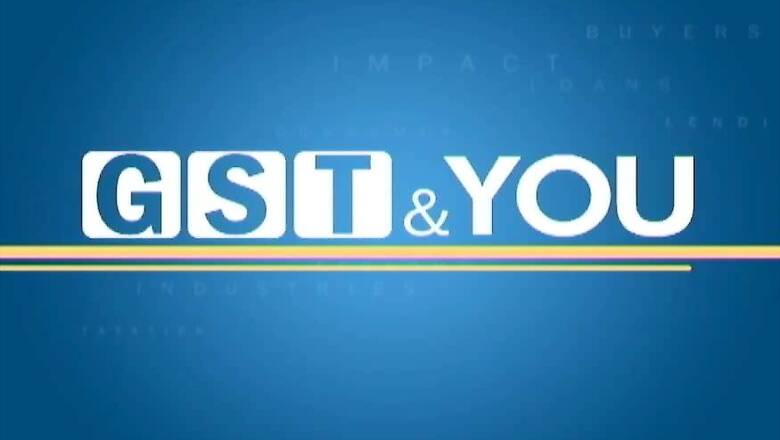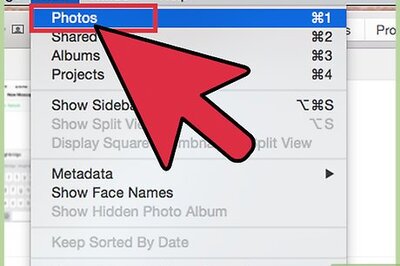
views
Taxpayers waited with bated breath for Budget 2020 presented by Finance Minister Nirmala Sitharaman, expecting a slew of changes in the Goods and Services Tax (GST).
The FM said the government is taking various measures such as simplified tax returns, filing of nil returns through SMS, pre-filling of returns and so on. She laid stress on e-invoicing under GST.
The notification regarding e-invoicing has already been issued by the Central Board of Indirect Tax and Customs (CBIC) in December 2019. Sitharaman said the e-invoicing could be done on a trial basis from this month onward. It is mandatory for a certain class of taxpayers from 1 April 2020.
Following is a brief summary of the e-invoicing under GST.
New Provisions Inserted under GST Law
- E-invoice shall be prepared by a registered person whose aggregate turnover in a financial year exceeds Rs 100 crore in respect to supply of goods or services or both to a registered person effective from April 1, 2020.
- E-invoice shall be prepared in Form GST INV-01 after obtaining an Invoice Reference Number by uploading information contained therein on the Common GST Electronic Portal.
- Every invoice issued by a person covered above in any manner other than e-invoice shall not be treated as an invoice.
- Provisions prescribing triplicate/duplicate copy of invoice for supply of goods/services shall not apply to e-invoice.
Quick Response (QR) code
An invoice issued by a registered person whose aggregate turnover in a financial year exceeds Rs 500 crore to an unregistered person (B2C invoice) will have a QR code.
Further, where such person makes a dynamic QR code available to the recipient through a digital display, such B2C invoice containing cross-reference of the payment using a dynamic QR code shall be deemed to be having a QR code.
Although the government plans to introduce e-invoicing that will benefit taxpayers, the details of supply will be auto-populated and returns auto-prepared. It will also help in faster availability of genuine input tax credit.
However, certain points still need to be considered before the e-invoicing becomes mandatory from April 1.
The government needs to ensure a robust e-infrastructure so that the invoice reporting process on the portal does not suffer from glitches as seen during the filing of returns. This will adversely affect taxpayers.
If there is an intention to implement e-invoicing for small taxpayers, it needs to be planned beforehand. It must be ensured that small taxpayers who are already loaded by the compliance processes of GST aren’t burdened further.
An effective and well-informed helpdesk is required for e-invoicing. It has been observed the helpdesk for GST is often as helpless as the taxpayers.
India is one of the few countries to introduce GST and that too on a very large scale. However, the success of GST lies not in its introduction, but implementation and we hope taxpayers see a smooth fiscal 2020-21.
(The author is a chartered accountant. Views Expressed are personal.)
















Comments
0 comment